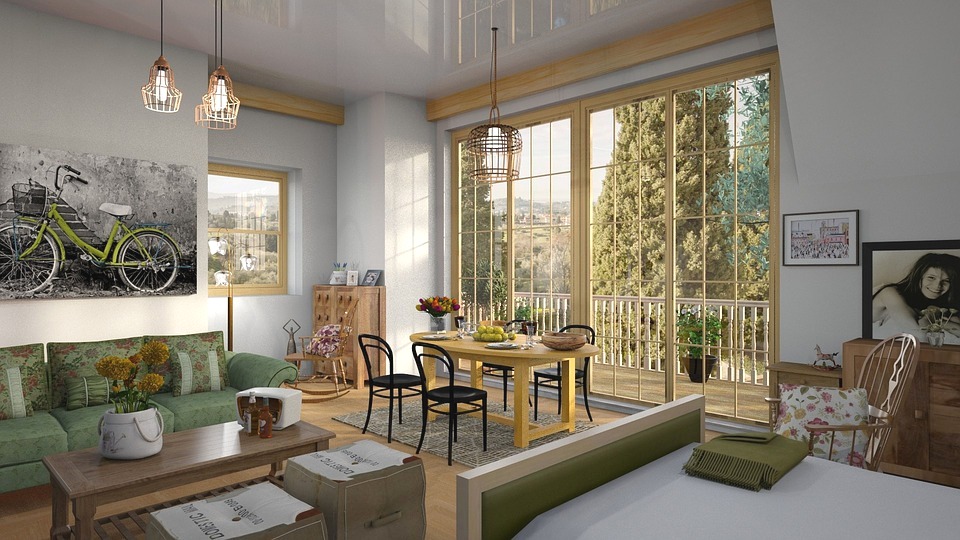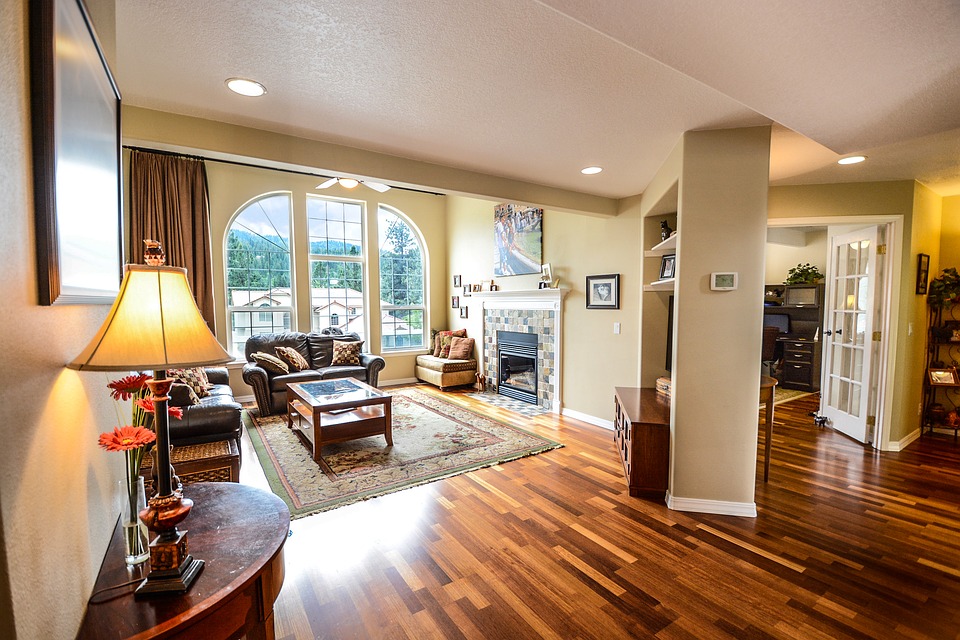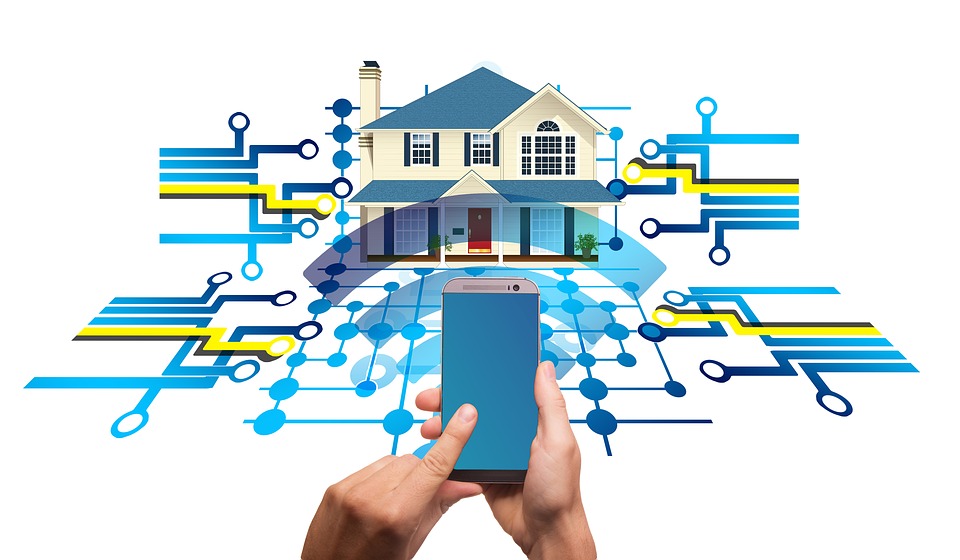
Are you looking to reduce your environmental footprint? Worried about your responsibilities when it comes to going green?
There is really no downside to sustainable lighting. Not only can it free you of some of your guilt and also help you to have less of a harmful impact on the environment, but it can also save you money, too. What’s not to like?
In this article, we’re sharing our top tips for living green and using the most sensible and efficient lighting possible, whilst not neglecting what a huge part of home and garden design lighting is.
Switch Your Bulb Types
This is one of the most basic methods you can use in order to make an environmental change for the good. Many homes are still using light bulbs which aren’t energy efficient. If you haven’t done any research on the topic, you may not realise what a drastic difference this can make.
This guide on switching from incandescent to LED bulbs shows that they are not only more energy efficient but last longer. Some brands of LED lights have been reported to use just ¼ of the power used by an incandescent bulb. This will vary based on the light you’re using, but there is not likely to be any situation where incandescent has any benefit.
Many big outdoor lighting brands such as Allen and Roth are now utilizing LED bulbs in their lights by default. Companies have recognized their superiority. It is fair to say that LED is the future.

Go Solar
There are ways to harness the power of solar for your indoor electricity needs, and solar panels on homes are becoming more commonplace. You don’t need these to utilize the power of the sun though. Naturally, this is more simply done if you are setting up lighting outside.
There are many simple outdoor solar lights which can harness the power of the sun with no additional wiring or power storage required.
These products are as simple as can be. Buy them, place them somewhere they can get sunlight and then reap the benefits when the evening rolls around. As explained here, many solar lights can even last up to 100,000 hours of use before they need replacing. When harnessing the power of the sun is this easy, there is no reason not to do so.
Decorate Accordingly
Strangely, lighting isn’t high on people’s priorities when they decorate their homes, especially when it comes to choosing color schemes and furniture. But perhaps it should be.
Decorating with bright colors, open spaces and reflective surfaces can increase the amount of light in your room naturally, reducing the need to turn on your lights. Of course, the types of blinds and/or curtains used are also another way to ensure that natural light is harnessed as much as possible.

Turn Those Lights Off! (Or Let Them Turn Themselves Off)
It feels basic, almost patronising to include this tip, but it is incredibly easy to forget, and many people leave lights on when they absolutely don’t need to.
If you have a family, especially kids and teenagers, they’re often not the best at remembering to turn lights off as they leave the room, some of us are guilty of falling asleep with lamps and lights still on.
You can even automate the process! Lights with motion sensors are increasingly common and are a good way to ensure you don’t have to worry about remembering to turn them off. Many of these have these kinds of lights outdoors, but in certain rooms indoors they may be suitable too.
Embrace the Smart Home
Smart homes are coming, whether we like it or not. Nowadays, you can have an app on your phone which can control your lighting, heating and more from miles away. These can do everything from sleep timers (if you’re liable to falling asleep with your lamp on) to turning the lights off if you’ve forgotten to do so leaving the home.
Smart home technology can save energy (and money) in a variety of ways and ensures your home’s energy efficiency is as good as it can possibly be.

Conclusion
Hopefully, you feel ready to go and tackle your lighting issues in the most eco-friendly way possible!
Have you enjoyed our post? Feel free to leave a comment sharing your own tips or share this article with anyone who may find it useful.
Guest post by Nadya Jones
About the Author
Nadya Jones is a blogger and an entrepreneur. She is the co-founder of Allen Roth HQ, a blog about home design and improvements. With her husband Brett, she writes tips and tricks they learned while renovating their house in Raleigh, North Carolina. Nadya handles the interior design. Brett implements her ideas in a cost-efficient way. Follow her on Twitter or Pinterest.
You may also like
Ways to Build the Off-Grid Lifestyle While Living in a City
Energy-Efficient Home Design: How to Save Water and Energy
Kitchen Appliances: Taking Energy Efficiency to the Max
How to Maintain an Energy-Efficient Pool
Build an Energy-Efficient Bathroom from the Pipes Up
Tips for Superior Energy Efficiency At Home
The 7 Best Energy Efficiency Apps for Your Home [Infographic]
Join our community of 500+ subscribers
